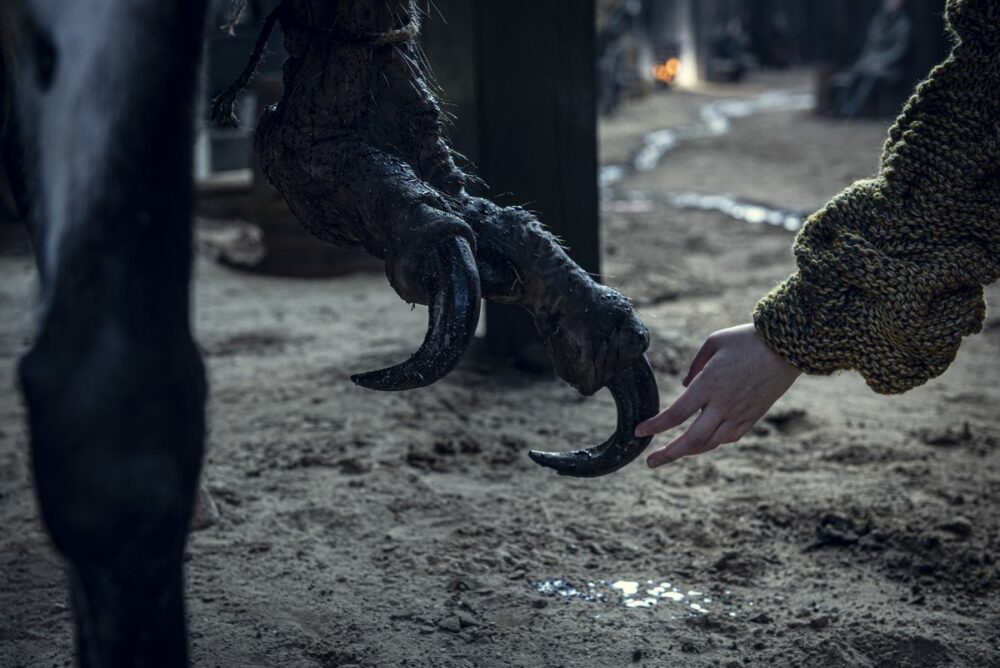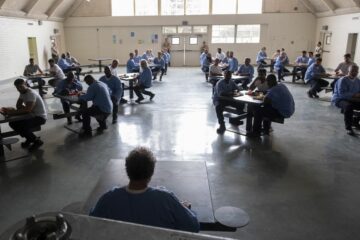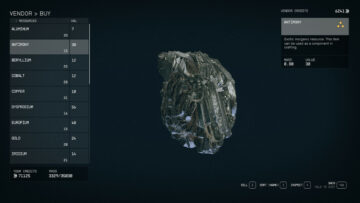The world of The Witcher, set primarily on a continent simply called The Continent, is full of magic and monsters — but it didn’t begin that way. It’s accredited to a long-ago event, a cataclysm, commonly referred to as the Conjunction of the Spheres.
This concept gets mentioned a lot in the series, particularly in the final episodes of season 2. The ramifications of the Conjunction are present in every corner of the world, and will be the basis for the show’s spin-off, The Witcher: Blood Origin. But it’s rarely explained in-depth in the Netflix show, so here’s what you need to know about the Conjunction of the Spheres for The Witcher season 2.
What is the Conjunction of the Spheres?
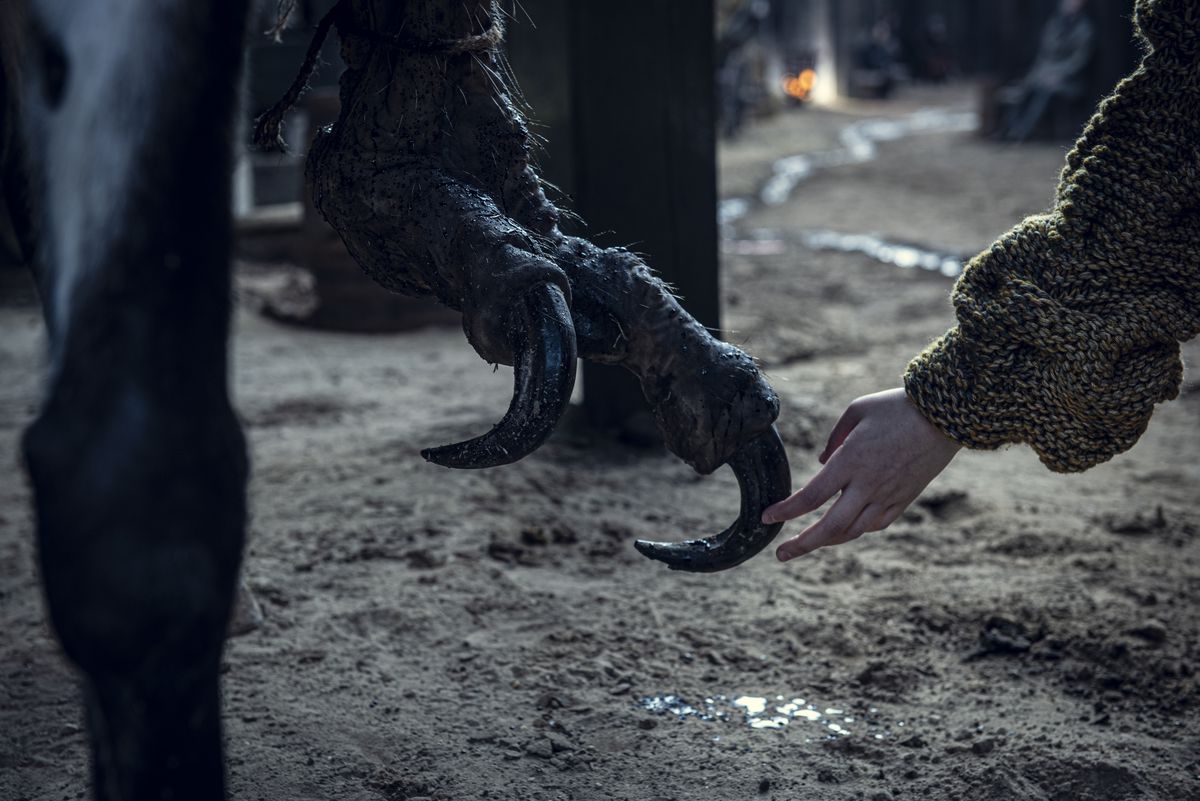
The event is something only vaguely understood by characters in the world of The Witcher. But the common belief is that it was when all worlds (other spheres of existence) collided. and with them monsters and other beings slipped into the world. It’s also how magic — or “chaos” — came to exist, giving humans the power to become mages.
The Witcher: Blood Origin shows us the event more fully. During the final battle for control of the Elven empire, the sorceress Zacaré (Lizzie Annis) merges Syndril’s (Zach Wyatt) power with that of the evil mage Balor (Lenny Henry) to shatter the monolith and stop Balor’s chaos magic. Unfortunately, the shattering of the monolith released shattered space and time itself, triggering the Conjunction. As Blood Origin’s narration puts it: “The fragile veils between worlds had been ripped apart. Planes of existence began to cross; skies warred with skies. Night fed upon day. Multiple worlds crossed through to each other, scattering species like seeds as they merged.”
Without the Conjunction, The Witcher may have been a much more mundane world. The slow reveal that the Witcher is a fantasy story about the ramifications of interdimensional travel is a delightful one.
It’s this influx of monsters that eventually leads to the creation of the witchers, and is certainly the catalyst for much of the story. (Without it, where would we get our fix of handsome monster slayers?) Each of these strange creatures has been trapped in a world not their own. Some, such as unicorns, can even move between dimensions at will.
But while the Conjunction’s existence is something everyone agrees on, the events surrounding it are still full of mysteries. No one knows whether humans arrived on The Continent from another part of the world, or if they were brought into the world by the Conjunction of the Spheres.
The final Witcher novel, The Lady of the Lake, suggests humans fled a world they’d already ruined; given their destructive nature, it’s not hard to imagine. The elves, or Aen Seidhe, also seem to have come through with the Conjunction, and their civilization predates the oldest human structures and cities. The dwarves and gnomes of The Continent seem to predate both them and humans.
Why the Conjunction of Spheres is important
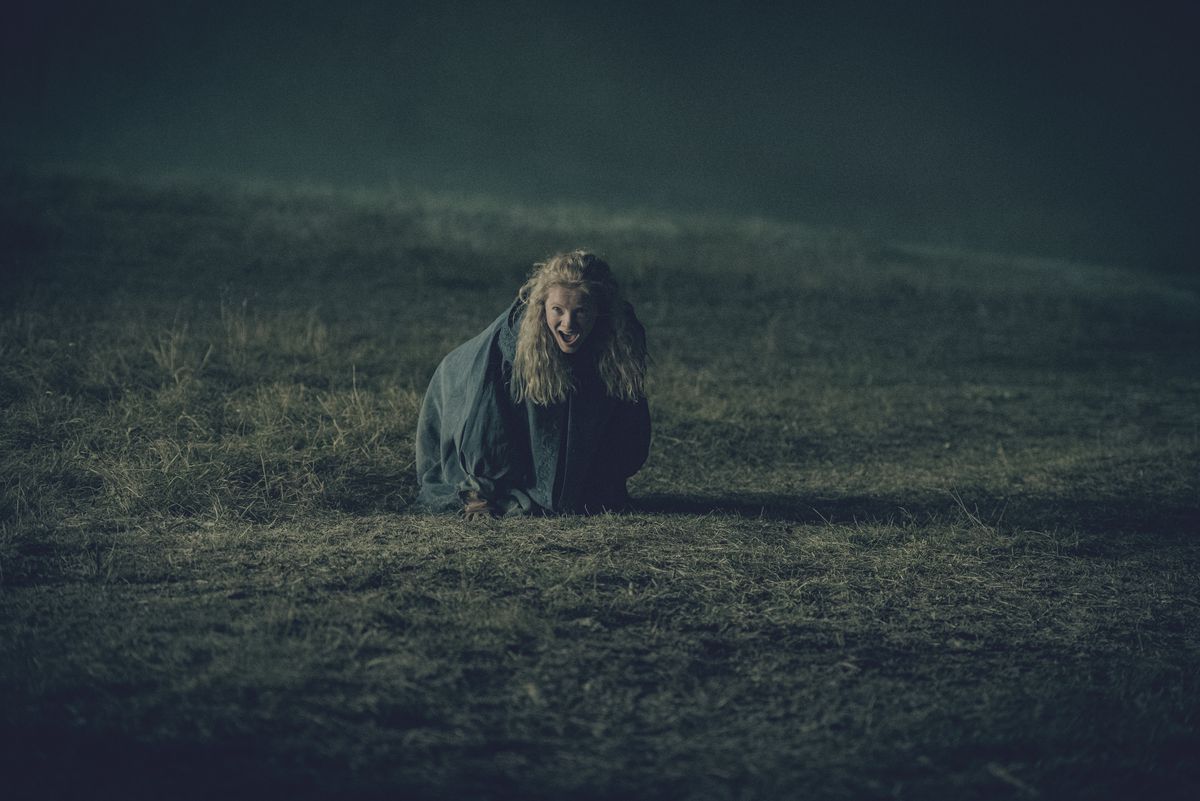
The “elven world” from hundreds of years earlier is more than just the basis for The Witcher spin-off in the works, Blood Origin. While some entities slipped into the universe of The Continent, some ventured to others. Some elves, the Aen Elle, left their world for one where they could be independent and unconquered. The Aen Elle see themselves as the true last bastion of their culture, untouched by human cruelty. They could move themselves between worlds freely before the cosmic shift of the Conjunction, but afterwards they were left isolated in one place.
But they still have some power. It’s from these elves and their world that the Wild Hunt originates, appearing on The Continent as wraiths and spectres, kidnapping humans to serve them while searching for a way to once more allow their people to move en masse between universes.
Traces of the Conjunction exist in the world of the Netflix show in the form of monoliths, impenetrable structures of black stone which are said to be conduits for the energy that opened their world to others. The wizard Istredd has made them the focus of his studies, going so far as to serve under Nilfgaard to access them, but even he seems to barely understand the full extent of their meaning.
Istredd’s quest for knowledge brings some answers in The Witcher’s second season, which will explore more of how the monoliths function and what it might mean for the fate of The Continent. Above all else, it focuses on Ciri’s connection to them and what kind of power she may have within her.
- SEO Powered Content & PR Distribution. Get Amplified Today.
- Platoblockchain. Web3 Metaverse Intelligence. Knowledge Amplified. Access Here.
- Source: https://www.polygon.com/22838482/witcher-conjunction-of-the-spheres-explained
- a
- About
- above
- access
- accredited
- actually
- All
- already
- and
- Another
- answers
- apart
- basis
- Battle
- become
- before
- began
- belief
- between
- Black
- blood
- Brings
- brought
- called
- Catalyst
- certainly
- Chaos
- characters
- Cities
- come
- Common
- commonly
- concept
- connection
- continent
- control
- Corner
- could
- creation
- Cross
- Crossed
- Culture
- day
- delightful
- dimensions
- during
- each
- Earlier
- Empire
- energy
- entities
- Ether (ETH)
- Even
- Event
- events
- eventually
- everyone
- explained
- explore
- FANTASY
- Fed
- field
- final
- Fix
- Focus
- focuses
- Foot
- form
- from
- full
- fully
- function
- get
- given
- Giving
- going
- Ground
- Hard
- henry
- How
- HTTPS
- human
- Humans
- Hundreds
- in
- in-depth
- independent
- influx
- isolated
- IT
- itself
- Kind
- Know
- knowledge
- lake
- Last
- Leads
- Lot
- made
- magic
- meaning
- mentioned
- merges
- might
- more
- move
- multiple
- Nature
- Need
- Netflix
- night
- novel
- oldest
- ONE
- opened
- Other
- Others
- own
- part
- particularly
- People
- Place
- plato
- Plato Data Intelligence
- PlatoData
- Polygon
- power
- present
- primarily
- Puts
- quest
- reach
- referred
- released
- reveal
- ripped
- Said
- screaming
- searching
- Season
- Second
- seeds
- seems
- Series
- serve
- set
- shift
- show
- Shows
- simply
- skies
- slow
- So
- so Far
- some
- something
- Space
- Space and Time
- Still
- STONE
- Stop
- Story
- studies
- such
- Suggests
- Surrounding
- The
- The Witcher
- the world
- their
- themselves
- Through
- time
- to
- toward
- travel
- triggering
- true
- under
- understand
- understood
- unicorns
- Universe
- us
- webp
- What
- whether
- which
- while
- Wild
- will
- within
- without
- works
- world
- world’s
- would
- years
- zephyrnet

